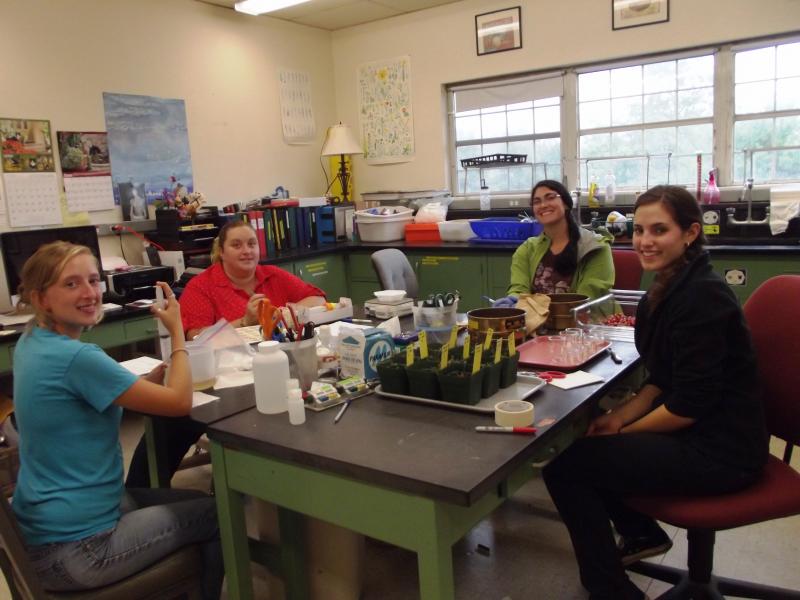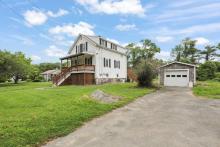UMass Cranberry Station leading the way in cranberry research
The little red berry that helps drive the South Coast economy is also at the center of agricultural research taking place right here in Wareham.
The University of Massachusetts Cranberry Research Station hosts UMass students, and boasts a faculty that includes an entomologist, a hydrologist, and a plant pathologist.
“The nature of the research is fairly diverse,” said Station Director Carolyn DeMoranville.
The staff at the station works to solve problems related to agriculture, including maintaining water quality, minimizing the negative impact of pesticides, and studying diseases that can wipe out a crop.
“What we’re trying to do is develop models of what cranberry growers can expect to happen,” said DeMoranville.
Astatewide UMass bus tour rolled in to the UMass Cranberry Research Station in Wareham on Wednesday, Oct. 3.
The bus tour was spearheaded by UMass Amherst President Robert Caret, and also included state Senate President Therese Murray, House Speaker Robert DeLeo, Education Secretary Paul Reville, and Henry Thomas III, Chairman of the UMASS Board of Trustees.
"It’s really striking to see the impact UMass is making in so many corners,” said Thomas.
Murray serves as chair of the station’s Board of Oversight. She praised the efforts of the station’s staff.
"Cranberry-growing is a big part of the economy in Southeast Massachusetts," Murray noted.
The staff at the station gave the guests a tour of a bog, and fielded questions about just what it is they do there.
While the UMass Cranberry Station focuses on a number of issues, DeMoranville says, “the hot-button issue has become water quality. … We have this situation replicated all over with the shared-water resources.”
In any farming situation, nitrogen run-off from fertilizer can cause high levels of nitrogen in the adjacent water source, as well as any water source to which it's connected.
Cranberry bogs are flooded and drained in the course of the harvest, which requires a water source separate from, but connected to, the bog. Some bogs have man-made reservoirs, while others take advantage of natural bodies of water.
“The water quality problem is not unique to cranberries. It’s a problem in all agriculture,” said hydrologist Casey Kennedy.
The connectivity of the bog and its water source, combined with how visible the bogs are, “makes it an easy target when a pond becomes polluted. There are lots of other sources,” including septic systems and fertilizer, Kennedy said.
Kennedy says the station will be collaborating with Penn State, where students have extensively studied the effects of nitrogen and phosphorous on the Chesapeake Bay.
Mike Hogan, President of the A.D. Makepeace Company, the world’s largest cranberry grower, praised the work of the station.
“We have got to grow differently," Hogan said. "We’ve got to be mindful of the water going back to our neighbors.”
The members of the bus tour are taking four days to travel 500 miles and visit various outposts across the state where UMass has a presence, including the Massachusetts Green High Performance Computing Center in Holyoke, and the Gloucester Marine Research Station.
















